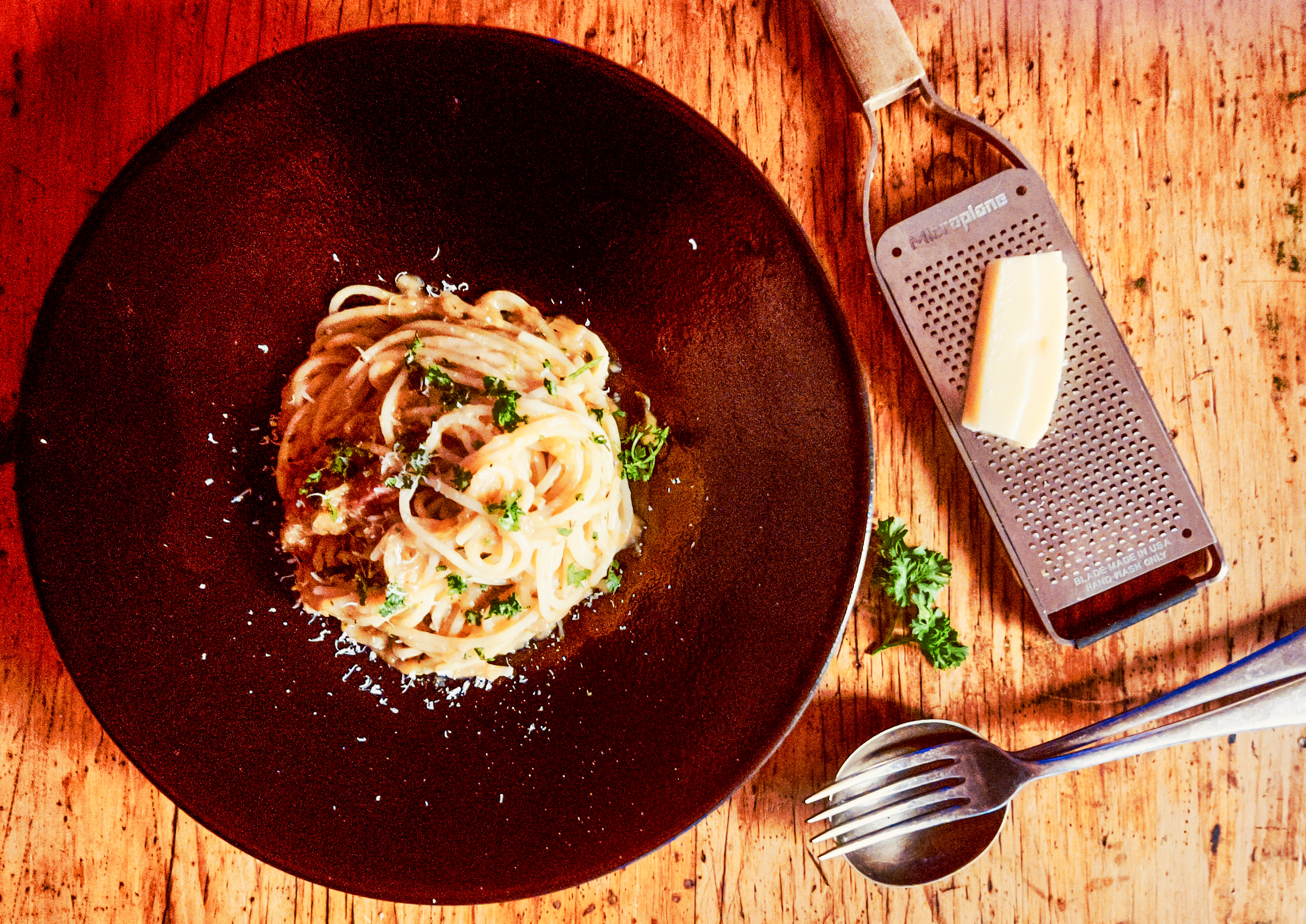It’s pretty nutty that the ‘Jerusalem artichoke’ is called that, because it is not an artichoke, and has nothing to do with the city of Jerusalem. In fact, it’s a member of the sunflower family, as I discovered when I grew some in my garden. And it’s native, not to Jerusalem, but to North America.
No surprise, then, that Jerusalem artichokes are very unlike their supposed “globe” cousins with their spiky leaves and fabulous purple flowers if allowed to bloom rather than being harvested. Technically, what we think of as a vegetable (the globe’s bud before blooming) is neither vegetable nor fruit, but a thistle. The “Jerusalem”, meanwhile, is a tuber.
The globe artichoke throws out beautiful buds formed of green petals, which unfurl into one of the most beautiful flowers of all, to my eye. So it is always a hard decision to make when the buds are perfectly ripe for the picking, and you hope for the fleeting joy of eating its small amount of flesh but also want to relish its arresting flower, arranged in a tall vase on a broad windowsill. Once eaten, the joy of the flower is gone forever. The best solution is to get really lucky and grow a big bush (they can grow surprisingly large) and harvest some while leaving others to bloom. That’s the prize. The edible parts of the globe are the petals (or part thereof), choke and heart, with a small part of the stem being edible too.
But those aren’t the artichokes we’re talking about here. And they have almost nothing in common other than the name. Would you believe, even though they are best known as “Jerusalem” artichokes, they are a species of sunflower and have names that include wild sunflower, sunroot, sunchoke, topinambur and my favourite, earth apple.
The Jerusalem artichoke hails from North America, and Wikipedia explains that the only slim relationship it has with the globe artichoke is that they are both very distant members of the daisy family. It grows tall and slender, much like a sunflower does, but its small flowers could be mistaken for the common yellow daisy.
“The most probable explanation,” Wikipedia writes, “is that Italian settlers in the United States called the plant girasole, the Italian word for sunflower, because of its familial relationship to the garden sunflower (both plants are members of the genus Helianthus). Over time, the name girasole (pronounced closer to [dʒiraˈsuːlə in southern Italian dialects) was corrupted by English-speakers to Jerusalem.” That sounds perfectly feasible, and I buy it. (And I don’t “buy” everything that Wikipedia tells us.)
They are slightly crunchy, sweet and nutty, and soft enough to eat raw, which means that you could slice them into a salad. But most often they are cooked, sometimes into a purée (for a steak, perhaps, or grilled fish), or a soup. In this instance, I decided to try them as the chief component of a pasta sauce. There are two more of the plants in my garden, and if they offer a decent yield I’ll do something different with them.
I went strong with the garlic, added leek for yet more sweetness, and used lemon to out the sweetness, and used up the last of the Kwando Karoo kudu salami, pan fried to add a touch of crisp contrast.
(Serves)
Ingredients
300 g Jerusalem artichokes, peeled
Olive oil for roasting the artichokes
3 Tbsp olive oil
1 Tbsp butter
1 medium onion, chopped
I medium leek, chopped
3 garlic cloves, chopped
1 glass of dry white wine
A touch of fresh cream
Salt to taste
White pepper to taste
Juice and zest of 1 small lemon
1 ladle (or more) of pasta water
200g kudu salami (or other salami, or chorizo, or bacon), diced and fried until crisp
Parmesan, grated
Fresh parsley, rinsed, dried and chopped
250 g spaghetti, boiled in lightly salted water and drained
Method
Roast artichokes with a coating of olive oil in a preheated oven at 200℃ for 20 t0 30 minutes or in a preheated air fryer at 180℃ for 8 to 10 minutes. Chop them up.
Heat the oil and butter in a pan until the butter has melted. Sauté the chopped onion and sliced leek with the chopped garlic until caramelised and golden.
Add a glass of white wine and reduce by two-thirds. Add a dash of cream and season with salt and white pepper to taste. Add the lemon juice and zest, and simmer for a minute or two, stirring.
Put the roasted artichokes in the blender with a squeeze of lemon juice and add the onions, etc. Blend.
Return to the pot and reheat.
Cook the spaghetti until al dente, stir a ladleful of the pasta water into the sauce, and drain the rest.
Quickly pan fry chopped salami (or chorizo or bacon) and stir into the sauce.
Toss the sauce through the pasta, and garnish with chopped parsley and grated Parmesan. DM
Tony Jackman is Galliova Food Writer 2023, jointly with TGIFood columnist Anna Trapido. Order his book, foodSTUFF, here
Follow Tony Jackman on Instagram @tony_jackman_cooks.
This dish is photographed on a plate by Mervyn Gers Ceramics.
This article is more than a year old
TGIFood
The artichoke that isn’t: The nutty sweetness of the misnamed ‘Jerusalem artichoke’
The tubers I had planted in the ground last year threw up shoots that grew like Jack’s beanstalk, some almost as tall as the house. This month I harvested the new tubers and I roasted them to make a pasta sauce. But guess what: they’re not artichokes at all.





